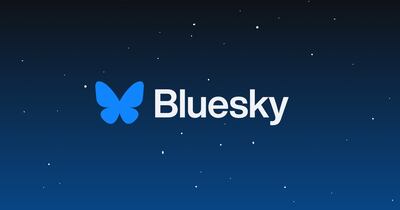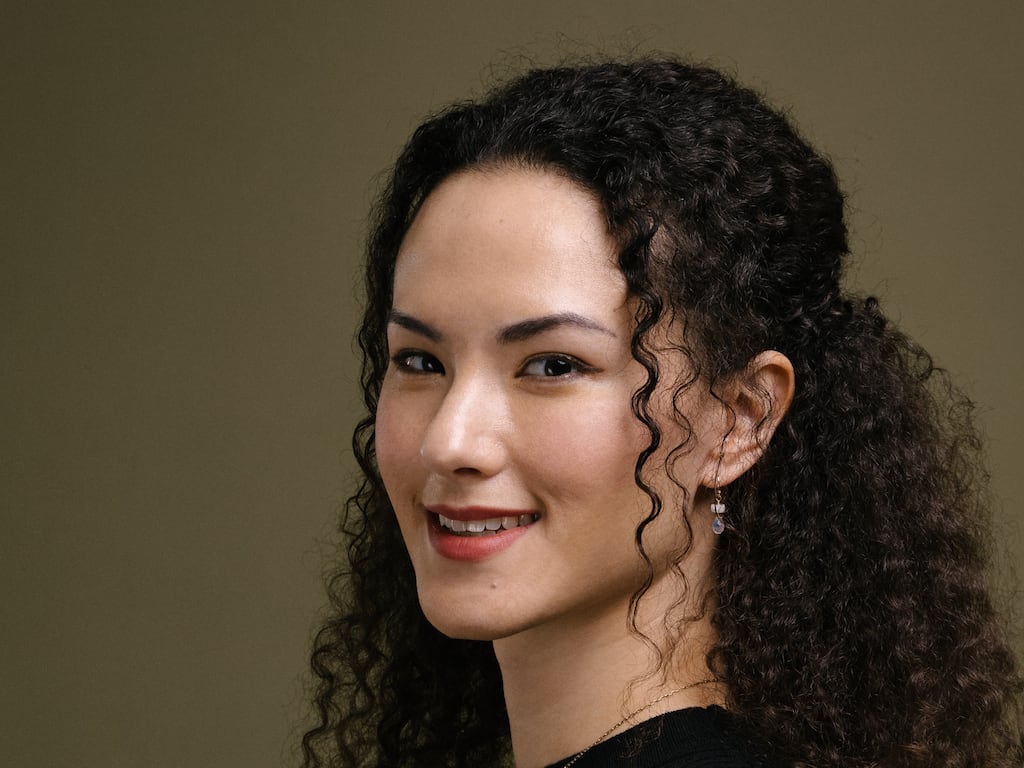Is social media dead? Bluesky doesn’t think so. The relatively new kid on the social media block threw off the limitations of an invite-only system last week, allowing anyone to join.
For people looking for an alternative to Elon Musk’s vision of Twitter, or X as it is now known, the service may be a natural home. After all, Bluesky started life as an internal Twitter project, although it has since become independent of the social network.
Now it is staking its claim in the social media landscape, with the tag line: see what’s next.
But is it too late for Bluesky to have an impact? There has been speculation that the social media movement has reached the end of its life, as more people drift away from established platforms and shun the “share everything” mentality that has dominated much of the past decade or so.
READ MORE
Bluesky chief executive Jay Graber thinks the service can still play an important role by giving its users back control.
“The big difference here is we built an open protocol rather than a platform,” Graber says. “We wanted to create something that gave users a really easy-to-use experience, so they could use it just like they used to use Twitter. But under the hood, you have this ability to customise it as much as you want. You can pull in custom feeds, you’re about to be able to host your own data, run your own moderation service. These are all things that go into making the social experience something that’s very user controlled.”
Graber is referring to Bluesky’s AT Protocol, a network technology that underpins the service. It is decentralised, meaning no one company has control over its operation. And it is open source, giving developers a chance to work with it.
Bluesky as a social media app opened to the public in February 2023, operating on an invite-only basis as the network gradually grew. Avoiding outages and ensuring the Bluesky network was robust enough to deal with the new members was key.
Bluesky Social serves as an easy introduction to the protocol. It is, Graber says, to really show “what’s possible and to give people hopefully a new home but a new home that won’t have the foundations crumble under them”.
It wasn’t supposed to be this way. When Bluesky was conceived in 2019, it was with the intention of eventually moving Twitter to this decentralised protocol. Chief executive Jack Dorsey was a wholehearted supporter of the project.
But a lot can happen in the space of five years. Dorsey, who still sits on the board of Bluesky, has left the company. Twitter went from a public company to privately owned. New owner Elon Musk has ditched the Twitter moniker in favour of X, along with more than half the company’s staff.
Graber never worked for Twitter. She started her career as a digital rights activist working on campaigns around issues of net neutrality, privacy and antitrust. She learned how to code with the intention of building her own social app to help force change. But then Bluesky was announced, and that caught her attention.
“I saw this as an opportunity to really take decentralised social mainstream, like this was a way to build something at Twitter scale that could really show users what are these principles here that are important, like resilience, the right to leave, the ability to connect and communicate without being controlled by a centralised company,” she says. “When I saw that post I thought ‘this is meant for me, this is what I need to be doing’.”
[ Taylor Swift’s deepfake saga was a warning bell to womenOpens in new window ]
Then came the pandemic, a distraction that appeared to knock the momentum from the project. In mid 2021 Twitter sought proposals for building Bluesky and Graber was chosen to lead it.
She realised early on that if it was going to succeed, Bluesky needed to be independent.
“I realised that the captain can always sink the ship and ownership of a centralised company can change, as it did,” she says. “And then everything changes from the top down, and that can change for better or worse very quickly. What we really wanted to do by building out a protocol instead of a platform is create a space where not just one company controls the social experience.”
That means other feeds being built, other clients through which they can be accessed; in other words, federation.
“The goal is to get this to a place where even if we go down or change drastically as a company, the protocol survives. People can continue to have a social experience with their same relationships, their same social graph, and their same data within another part of the ecosystem.”
Given the changes following Musk’s takeover of Twitter, it seems like Graber had the right idea. Would Musk have continued to fund the project if it had remained part of Twitter? It probably would have become a casualty of the cost cutting that has seen X slash its moderation teams and shelve projects.
[ Social media is 20 years old. How are we still getting so much wrong?Opens in new window ]
“People asked if I saw the future or had any insider information. I didn’t. I saw the news the same time as everybody else,” she says. “Jack Dorsey at that time was captain of Twitter and was very supportive of Bluesky. But I thought five years is a long time, who knows what could change. I thought we needed to be neutral and independent, both in order to move faster, and in order to build out resilience, which is exactly what ended up saving us.”
Twitter serves as a cautionary tale. Users who were loyal to the platform from the off and built a following have been faced with a choice: leave behind the network they have created on Musk’s platform and start afresh elsewhere; or stay and accept the changes that the billionaire owner has made.

If Bluesky succeeds, along with Mastodon and Nostr, that situation won’t arise again. But there is still a long way to go.
Before opening up from the invite-only system, the service had 3 million users. Compare that to Threads, which signed up 100 million users in the few days after it threw open its doors. According to chief executive Mark Zuckerberg in a call early this month discussing Meta’s fourth quarter results, the service has more than 130 million monthly active users. Threads is testing integration with ActivityPub, which is also used by Mastodon.
[ The Irish Times view on 20 years of social media: power without accountabilityOpens in new window ]
Since it ditched the invites, Bluesky has added another 1.3 million users, and that number is growing. But it has a way to go.
Graber thinks that despite its bad reputation of late, there is a place for social media of some sort in the future – just a healthier version.
“Rather than social being just one store that you go to and get your daily dopamine fix, this is more like a public park. Anyone can come and set up a picnic table and offer a feed and start feeding people content. It’s a public space where everyone can help build it, help clean it up and maintain it. I think there’s been a lot of negativity around social and you know, what it’s done to society in the past 10 years,” she says.
“I feel optimistic and I think there is some optimism brewing that social can be better if it’s built by the people, for the people, like people take their own hands and modify the ways that they think need to be made.”
- Sign up for Business push alerts and have the best news, analysis and comment delivered directly to your phone
- Find The Irish Times on WhatsApp and stay up to date
- Our Inside Business podcast is published weekly – Find the latest episode here
















